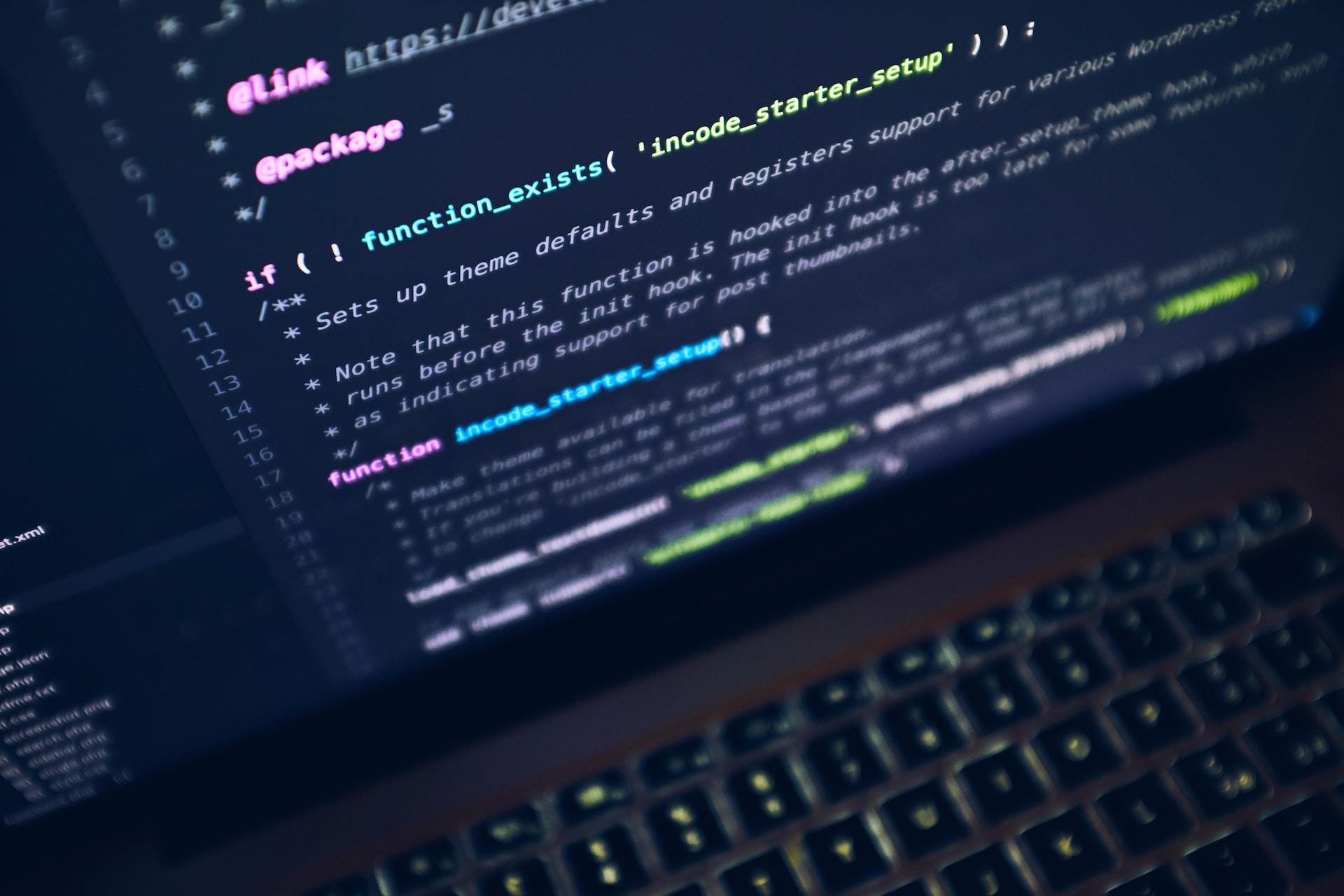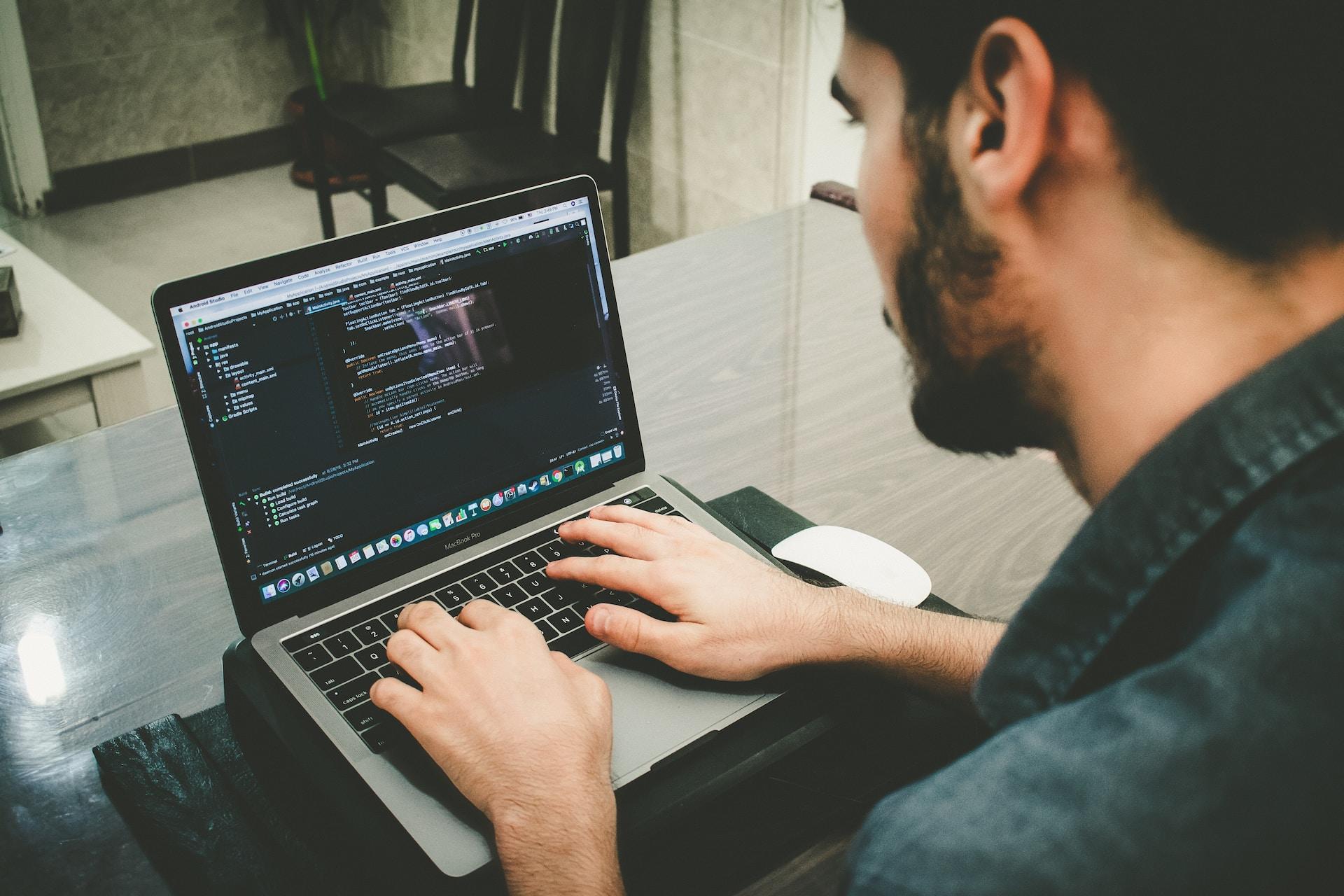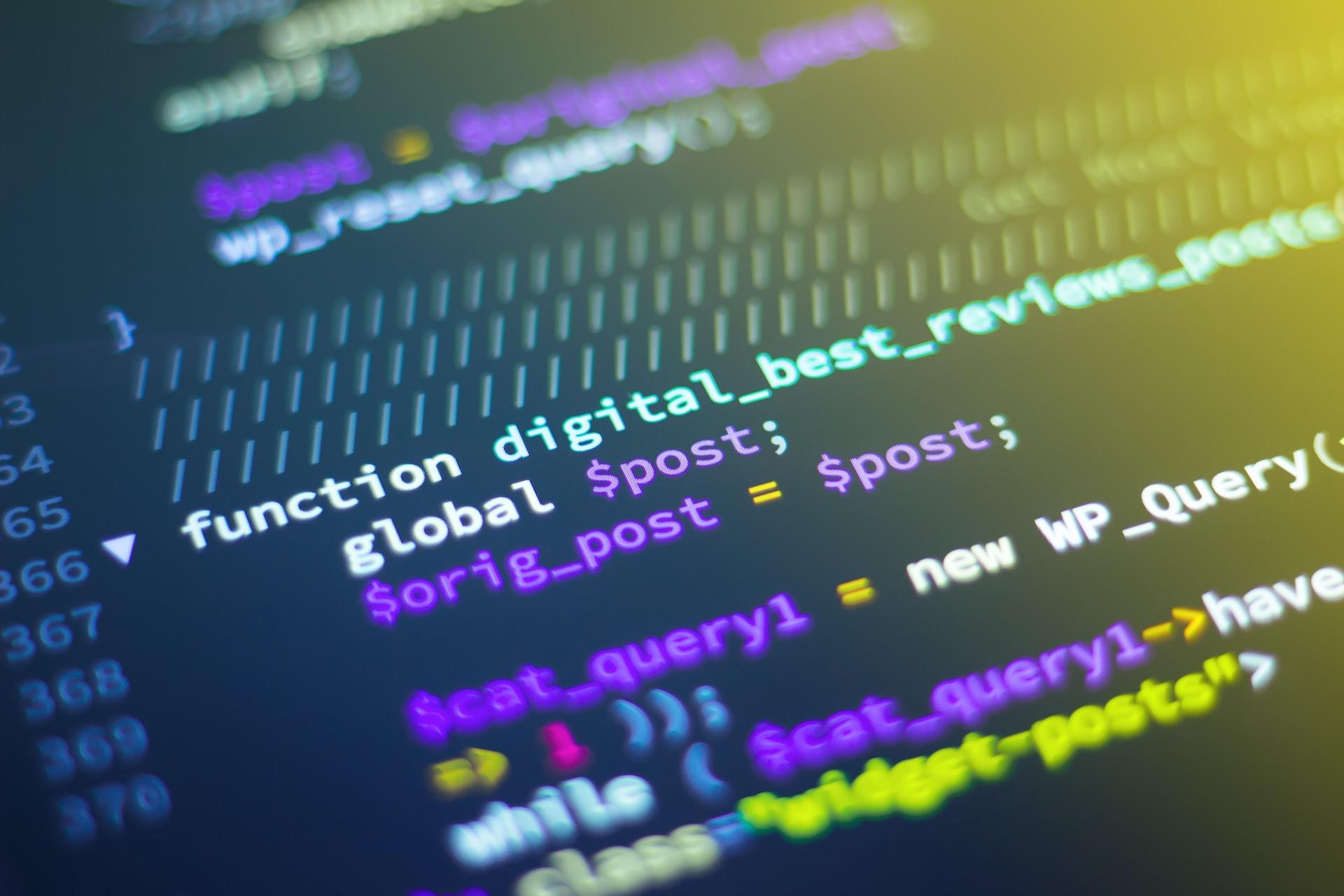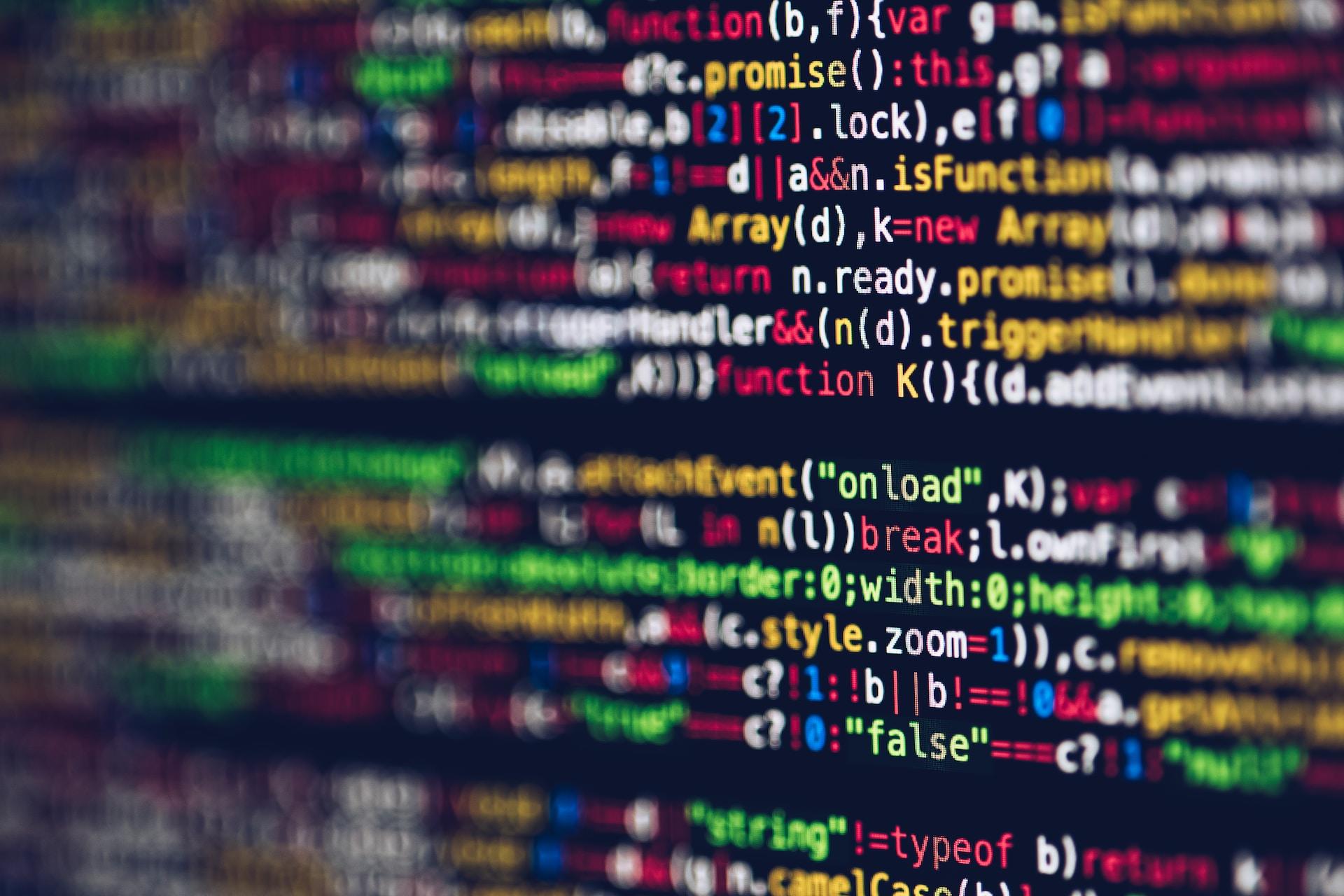If you're new to programming or the Python programming language, you may have never encountered functions.
Functions are a crucial part of learning how to use Python and while they won't be the first thing you learn in Python, you'll learn about them soon enough.
Here, we'll have a look at what they are, how you can use them, and when you should start learning about them.

What Are Python Functions?
Functions in Python are reusable bits of code that can be called upon to do something. For example, rather than repeating the same code repeatedly in a program or across several programs, you can create functions and use them elsewhere.

You can make functions that do the same thing each time or have the function use different information to provide different results while performing the same task.
A simple function could be used to greet a user, for example. You could make your function say “Hello”, “Hi”, or even “Howdy” to a user and address them by their first name. This function could choose one of the standard greetings at random and then call upon the user's name to complete the message.
Another simple use of a function would be to do some basic math. You could create a simple function to take some numbers and provide you with the resulting sum of said numbers. You could provide the function with these numbers directly or have it take the numbers from elsewhere.
In both of these examples, the benefit is that you can reuse these functions in your programs when needed and in different circumstances. These were just two very simple options, but as you learn more about Python, you'll begin to see just how powerful these can be.
Why Should You Use Functions?
The biggest benefit of using functions is that you don't need to repeat yourself. Rather than coding a function every time you want to use it, you can just code it once and then refer back to it.
Functions are also really useful in more complicated applications as they allow the developers to build functions for specific and commonly-occurring tasks that ultimately make everything easier to maintain.
Knowing what a function does can also make working with it much easier and can make your code easier to read. For developers reading code, functions can also act as a shorthand so rather than having to look at all the code that makes up a function, you can see it being used and know exactly what it should do.
Functions are incredibly useful for actions that need to be repeated in different parts of your program or project, too. Since they can take different parameters or inputs in different circumstances, you can use them in many different ways and places.
For developers on bigger projects, it also allows different developers to focus on different functions at the same time.
You might not be the only programmer working on a project. Others will need to understand what your code and functions do.

When Should You Learn Functions?
Functions won't be the very first thing you learn if you take a class in Python or work with a private tutor, but you'll see them soon enough.
It's recommended that those new to Python should focus on the basic syntax of the programming language first. In programming, syntax refers to the general rules that the language follows and applies to absolutely everything you code in any programming language.

There are similarities in syntaxes across programming languages but each language will have its own specifics that you'll also need to learn to code in said language.
Once you've understood the basic syntax used by Python, you can also learn about the different data types like integers, strings, lists, etc., and explore Python's handling of these types and its impact on your programming approach.
You'll also want to study conditional statements in Python using "if", "elif", and "else" as well as loops using "for" and "while". Essentially, these are used to tell your programs what to do in different circumstances and are some of the most fundamental building blocks of any program. The order in which these kinds of statements are executed is known as control flow, which is another thing you should learn before looking at functions.
Once you've grasped syntax, data types, and control flow, it's time to move on to functions.
How to Write a Function in Python
So it's pretty clear that functions in Python are pretty useful and something that you should be learning about quite early on in your journey and are very useful in every career that uses Python skills.
So how do you write a function?

Define Your Function
For a function in Python, you first need to define that it's a function. This means you start with the keyword “def”, which is used to define your function.
Give Your Function a Name
You then need to give your function a name. Your function's name has to follow the same rules as for naming variables, which is why you need to learn about them before you learn about functions. Your function has to start with a letter or an underscore, cannot include spaces, is case-sensitive, and cannot use reserved words like "if", "else", "while", "for", etc.
Establish the Parameters of Your Function (Optional)
A function doesn't need to have parameters, but if it does, you need to put them in the parentheses following your function's name.
You can specify these parameters and when you run your function, it will call upon these parameters. Parameters are also called arguments when called upon by the function. Parameters are what you define within your function and when they're called upon by the function, they're arguments.
E.g. The parameter is the placeholder that will ultimately be filled by an argument when you run your function.
Don't Forget the Colon
After defining the function, giving it a name, and establishing the parameters, you need to put a colon.
By this point, your function should look like:
def my_function(parameter1, parameter2, …):
Adding Docstrings (Optional)
A Docstring is documentation provided directly in the code and it's a good idea to get into the habit of providing information about your functions immediately after you define them. You can do this by enclosing them within three sets of single or double quotes (“”” or ''').
Define the Function's Behavior
In the body of the function, you can define its behavior and what it does. This is on the line after the colon (provided there's no Docstring) or the line after the optional Docstring.
Here, you'll write the statements that tell your function what to do. For example, you could use “print”, which tells your function to display information on the console or you could get your function to add some numbers together like in the examples we outlined earlier.
Return a Result (Optional)
If you want your function to return a result, then you use the 'return' statement. You'll need to specify the value to be returned as part of the function.
You may also be interested in learning about data structures in Python.
Learning More about Functions and Practice Using Them
In every programming language, practice makes perfect and if you want to get better at creating functions in Python, you need to practice using them.
Use Online Resources
You can find online tutorials for Python with popular websites like Codecademy, SoloLearn, DataCamp, and W3Schools.
There's also plenty of official Python documentation that you can refer to and because it's official, it means that it can be relied on.
Study Python
While you can certainly learn Python in any order you like, certain skills and concepts need to be learned first and it can help a lot of aspiring programmers to follow a structured course or work with a teacher or private tutor.
There are college courses and classes where students learn how to use Python and degrees in computer science, data science, computer engineering, software engineering, and information technology all offer obvious routes to learning different programming languages.
You'll also find that many scientific programs as well as business and finance programs also offer students the opportunity to learn programming languages like Python, especially in fields where data and analytics are prevalent.

Get Help with Python from a Private Tutor
You can also learn more about Python and functions from a dedicated private tutor. There are plenty of reasons to learn Python and whether you're looking for a computer programming tutor, a dedicated Python tutor, or a tutor to help you with your studies, there's an abundance of exceptional educators out there who can help you.
On the Superprof website, you just need to search for Python tutors where you live and you can start browsing their profiles to see how much they charge, exactly what they teach, and what their other students think of them.
Even if you can't find any local tutors, thousands of amazing online tutors are waiting to help you and with most of the tutors offering the first session for free, you can try them out before you choose the one that's right for you!
















